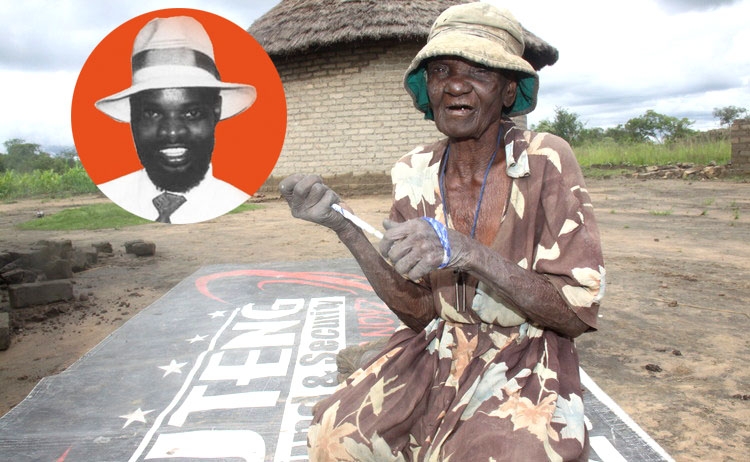Policyholder takes Old Mutual head-on . . . takes legal action over old pension payout

Happiness Zengeni Business Editor
Old Mutual faces its first major challenge from a policyholder over its very low post-hyperinflation payouts as the London-listed giant has been served with summons by a Harare veterinarian surgeon seeking at best to recover his contributions at the 1972 exchange rate, which would have given him a 10-year annuity of US$4 196.32 upon maturity of the policy in 2014.
While Dr Alan Park has received advice from actuaries that Old Mutual should be paying him as much as US$350 000, Dr Park is seeking to recover the amount Old Mutual stated in 1972 he would receive after 42 years of contributions, namely 2 736.10 Rhodesian dollars a year.
The basic capital amount Dr Park would have to contribute over the life of the policy was R$31 574.
At the prevailing exchange rate in 1972 when the policy was signed, this would have valued the whole policy at US$41 963, or US$4 196.32 a year.
Ahead of its maturity in 2014, Old Mutual told Dr Park he would be receiving $402 in total for the policy, just under 1 percent of the value of his contributions at the 1972 exchange rate.
In his summons filed under case number HC1156-17, Dr Park is suing Old Mutual for the amount owed since the policy matured, being US$12 588.96 and US$4 196.32 per year, either up to the conclusion of the policy in 2024 or his death.
In correspondence, Old Mutual’s most recent offer from Senior Manager (Operations and Services) M. M’kudu is to pay Dr Park a total US$535.70 as full and final settlement.
Dr Park contends that he kept up monthly payments for the policy until Old Mutual said the contributions were meaningless as a result of hyperinflation.
At the point of dollarisation, Dr Park contacted Old Mutual, who told him that his policy was fully paid up to retirement.
However, when he contacted Old Mutual in 2012 to see how much he would receive upon his expected retirement, he was told that he would receive US$402 as full and final settlement upon maturity, being September 1, 2014.
Dr Park declined to take payment and took his case up with lawyers and even wrote to former CEO Julian Roberts, who told him that Old Mutual was also affected by the hyperinflation period.
Old Mutual’s broad argument is that it was forced to invest in certain prescribed money market assets, which lost their value.
However, the group also invested in buildings and shares which retained a hard currency value when Zimbabwe entered the multi-currency regime in 2009.
Under regulations at the time, around 60 percent of pension fund assets had to be, by law, invested in what were termed prescribed assets.
These were local currency denominated bonds, usually Government bonds although other bonds such as those issued by local authorities and parastatals were also included.
Towards the end of hyperinflation, when these had lost their value, and they were formally paid out and cancelled.
However, the other 40 percent or so was invested in a wide range of assets, largely property and equities, which did retain their underlying value when the Zimbabwe dollar became almost worthless.
This continuous investment is the main reason why Old Mutual is probably the largest private property owner in Zimbabwe and why it holds a substantial percentage of the shareholding in many listed Zimbabwean companies.
Old Mutual and other pension funds have always argued that their policies issued in local currency were always to be paid in local currency and that these policies never had any mention of variations in exchange rates with any foreign currency.
They point out that the final payments were generally in excess of the final value of the local currency, either at the switch to multiple currencies or the official rate when the Zimbabwe dollar was finally demonetised in 2016.
However, some private funds did work out what was the value their members held on the switch in currencies, largely based on the member’s percentage of the total fund.
While large sections of the fund had been wiped out, there were still the properties, equities and other assets that retained value.
During the latter years of hyperinflation many pensioners were offered a final payout.
Some of those that declined did start receiving very low US dollar denominated pensions in 2009, with figures of $50 a month or $100 a month being common.
The Government itself, which pays State employees pensions from current revenue rather than from investments, switched its pension payments to a percentage of the salary paid to the present holders of equivalent posts.
Dr Park, who is still working aged 68, now hopes to set a legal precedent.










Comments